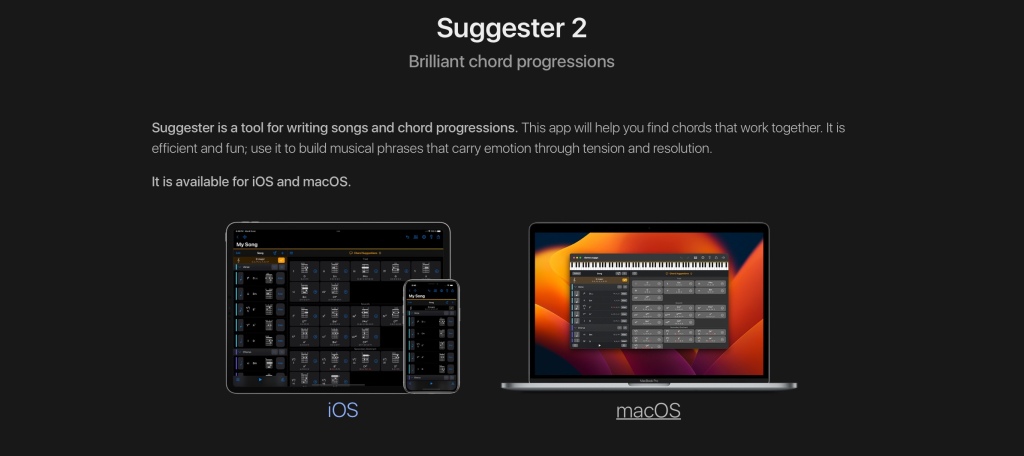You need a website? Try Wix.com …
No, today I’m not talking about it. Instead, I want to share my observations on website builds, approach, CMS in brief. Among several projects I’ve been working on delivering corporate websites, campaign sites, landing pages, applications, at my company, Umbraco is one of the most preferred CMS and it is my favourite as well for the following reasons:
- Open source & Cost effective
- Highly Scalable
- Highly Customisable
- Secured
- Developer friendly (works as a clean slate)
The other day while I was at a client meeting, there was a debate on re-usability comparing off-the-shelf products against Umbraco CMS.
It is then I thought I must share my observations here:
Modularity – it is the key to product development (context is a web build). For reusability, quick adaptation, quick turnaround, scalability, it is an affordable approach.
For various reasons such as estimation, design review, few companies suggest templated solutions and they may straight away design the page by not giving much thought to re-usability. e.g: Homepage of a proposed website is template A, About-us page is template B and so on. It is valid, however, the approach can be different. Instead of designing a template, design the functional modules, content block. Use them to create the pages.
Major lessons I’ve learnt while interacting with several clients, dev team, UX experts (good read), a common problem with the above-templated approach is that it poses restrictions for content creation e.g: to manage the context on the page say, if you need to add a section – a gallery in between a templated page (to showcase about the past events) sometimes it may be difficult. Either aesthetically the design wouldn’t suit or the development is restricted to integrate this newly required module.
I’m trying to explain my thoughts with the following sample wireframe:

- Decide upon what type of functionality is expected on a page. Try to create this list for the entire website first
- Refer these modules and construct the pages, see these modules as the Lego, how could you re-use them whenever wherever required, so it can help scale the site
- Mobile first, modular approach can save a lot of time. So, include this thought in the very early phase.
E.g: build module such as Gallery, white space, intro text block, a parallax block. Now re-use them to build a page you desire. Architect your CMS in this way, so it is either drag and drop or pick from the drop-down list. This will be meaningful for both users and for the CMS admins who could not depend on the development team for small tweaks quite often.
Umbraco provides complete freedom to build such modular functional blocks as most other CMS out there. It requires a bit of thought as you have complete freedom to build the application as you want it. I’ve taken a similar approach for other brochure website projects built on CMS’s like SharePoint etc. Again CMS is a tool, a website should be built around the content/context focusing on users.
Get your Personas (good read), User Journey, wireframes right. Involve your developers, explain it to them what is expected out of it. Put your website as part of the continuous improvement process.
Modularity helps for sure. However, it keeps revolving around the content and the context of your products and offerings.
Building a website is both science and art. Including the elements what web visitors need for high interaction is a skill, which needs patience, research, ability to analyse. Modularity can be an answer out of many solutions available out there.
Bored? Listen to this song 🙂 Don’t worry… Be Happy…






Leave a comment